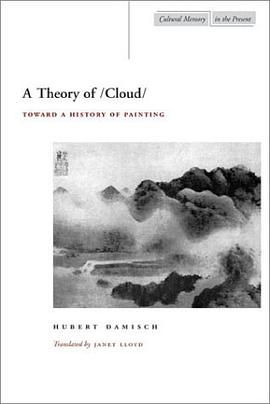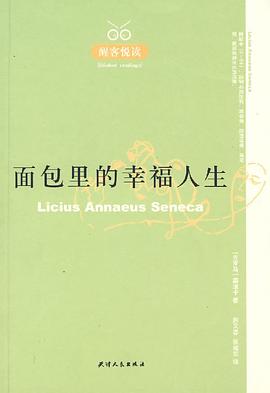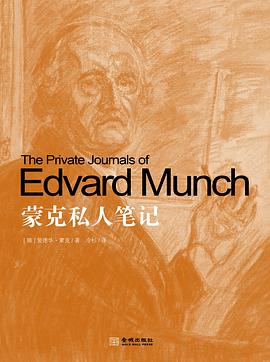A Theory of /Cloud/
内容简介
This is the first in a series of books in which one of the most influential of contemporary art theorists revised from within the conceptions underlying the history of art. The author's basic idea is that the rigor of linear perspective cannot encompass all of visual experience and that it could be said to generate an oppositional factor with which it interacts dialectically: the cloud. On a literal level, this could be represented by the absence of the sky, as in Brunelleschi's legendary first experiments with panels using perspective. Or it could be the vaporous swathes that Correggio uses to mediate between the viewer on earth and the heavenly prospect in his frescoed domes at Parma. Insofar as the cloud is a semiotic operator, interacting with the linear order of perspective, it also becomes a dynamic agent facilitating the creation of new types of pictorial space. (Damisch puts the signifer cloud between slashes to indicate that he deals with clouds as signs instead of realistic elements.) This way of looking at the history of painting is especially fruitful for the Renaissance and Baroque periods, but it is also valuable for looking at such junctures as the nineteenth century. For example, Damisch invokes Ruskin and Turner, who carry out both in theory and in practice a revision of the conditions of appearances of the cloud as a landscape feature. Even for the twentieth century, he has illuminating things to say about how his reading of cloud applies to the painters Leger and Batthus. In short, Damisch achieves a brilliant and systematic demonstration of a concept of semiotic interaction that touches some of the most crucial features of the Western art tradition.
......(更多)
作者简介
Hubert Damisch teaches at the Ecole des Hautes Etudes en Sciences Sociales, Paris. Among his books published in English are Skyline: The Narcissistic City (Stanford, 2001) and A Childhood Memory by Piero della Francesca (Stanford, 2001).
......(更多)
目录
......(更多)
读书文摘
……在布鲁内莱斯基关于透视的著名的实验中,云恰恰成了无法表现的事物,成了立体式透视方法的真正盲点,从而深刻地揭示了任何体系均有它的缺陷,以及不适用性反过来可以确认和理性的辩证思想。
......(更多)






